Archives
- 2018-07
- 2018-10
- 2018-11
- 2019-04
- 2019-05
- 2019-06
- 2019-07
- 2019-08
- 2019-09
- 2019-10
- 2019-11
- 2019-12
- 2020-01
- 2020-02
- 2020-03
- 2020-04
- 2020-05
- 2020-06
- 2020-07
- 2020-08
- 2020-09
- 2020-10
- 2020-11
- 2020-12
- 2021-01
- 2021-02
- 2021-03
- 2021-04
- 2021-05
- 2021-06
- 2021-07
- 2021-08
- 2021-09
- 2021-10
- 2021-11
- 2021-12
- 2022-01
- 2022-02
- 2022-03
- 2022-04
- 2022-05
- 2022-06
- 2022-07
- 2022-08
- 2022-09
- 2022-10
- 2022-11
- 2022-12
- 2023-01
- 2023-02
- 2023-03
- 2023-04
- 2023-05
- 2023-06
- 2023-07
- 2023-08
- 2023-09
- 2023-10
- 2023-11
- 2023-12
- 2024-01
- 2024-02
- 2024-03
- 2024-04
- 2024-05
- 2024-06
- 2024-07
- 2024-08
- 2024-09
- 2024-10
- 2024-11
- 2024-12
- 2025-01
- 2025-02
- 2025-03
-
Molecular modeling of the sGC
2022-01-10
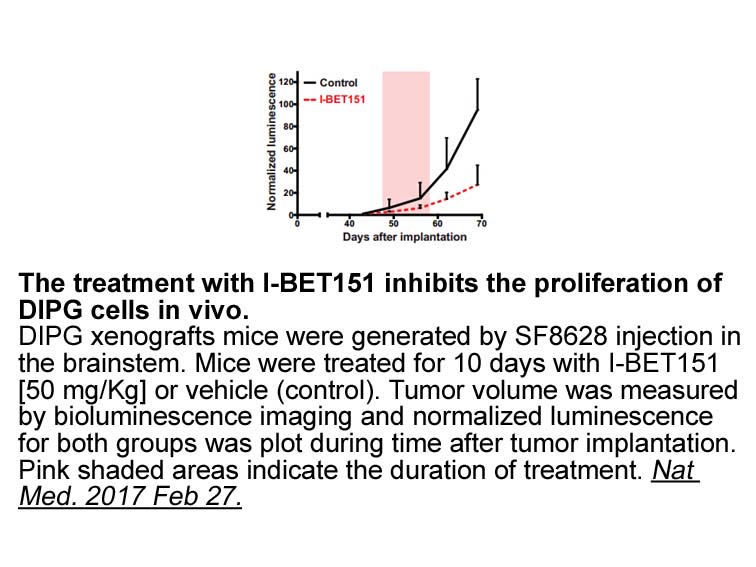
Molecular modeling of the sGC H-NOX domain has placed the β1-domain Cys, β1-C78 and β1-C122, close to the heme binding pocket; specifically, the β1-C78 is placed diametrically opposite to β1-H105, the residue responsible for coordinating the heme iron [42,43]. β1-C78 is enclosed in a highly comt inh
-
Likewise and considering the aforementioned
2022-01-10
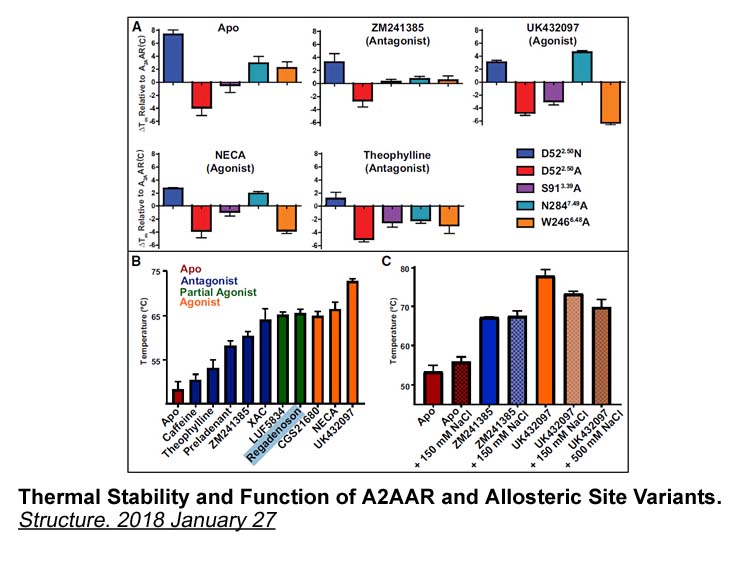
Likewise, and considering the aforementioned biological actions of ketogenic diet-derived MCFA on neuronal excitability, it could be postulated that specific receptors for fatty acids could also be involved. For example, the GPCR for medium to long chain fatty acids, FFA1/GPR40, might also contribut
-
Introduction Although G protein coupled receptor GPR was con
2022-01-10
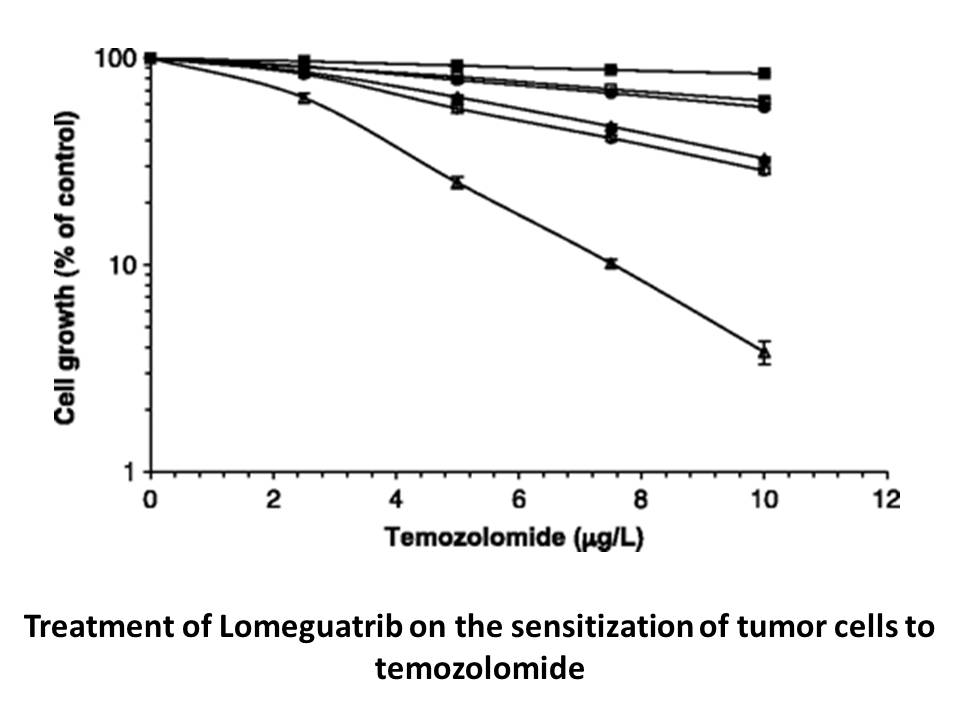
Introduction Although G-protein-coupled receptor 55 (GPR55) was considered a cannabinoid receptor, it differs phylogenetically from cannabinoid type 1 (CB1) and type 2 (CB2) receptors as it lacks the classic cannabinoid-binding pocket (Baker et al., 2006). GPR55 is sensitive to an array of cannabin
-
HOAt Introduction GPR is a class A type of
2022-01-10

Introduction GPR119 is a class A type of G Protein coupled receptor, which is expressed primarily in pancreatic β-cells and the K and L HOAt of the gastrointestinal tract [1], [2], [3]. Activation of GPR119 promotes secretion of incretins such as glucagon-like peptide-1 (GLP-1) in the intestinal t
-
br Reactive Dicarbonyls and Mitochondrial Dysfunction Althou
2022-01-10
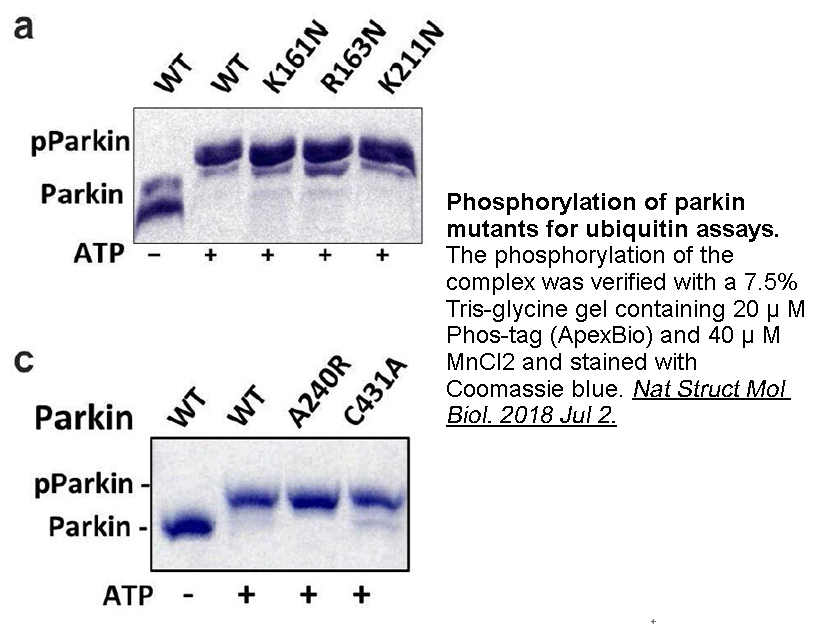
Reactive Dicarbonyls and Mitochondrial Dysfunction Although mitochondrial dysfunction has been suggested to be one of the main pathogenic mechanisms in diabetic neuropathy, little is known about the nature and extent of mitochondrial damage resulting from chronic hyperglycemia. Mitochondria funct
-
LbGlcK and the HsHxKIV d glucose complex PDB entry IDH
2022-01-07
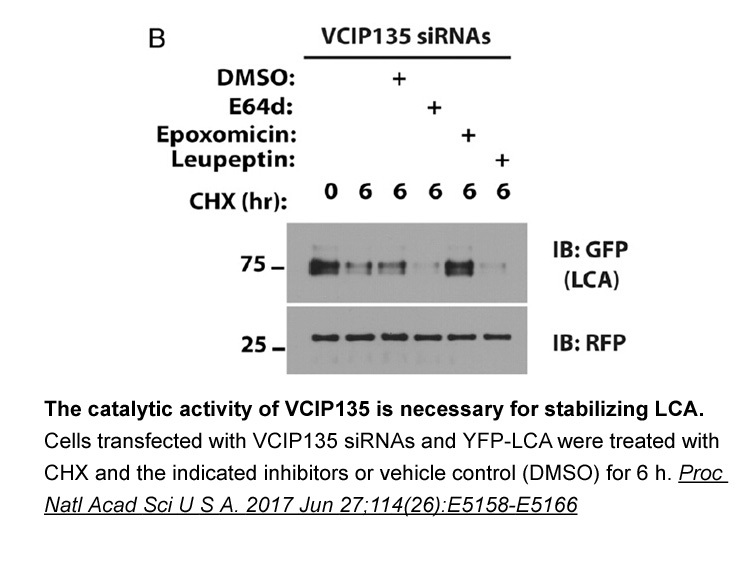
LbGlcK and the HsHxKIV-d-glucose complex (PDB entry 3IDH) [17] were superimposed from individual subunits. The active site regions revealed the key Fluorescein-12-dUTP binding residues to be present for LbGlcK; also, the superposition showed that HsHxKIV had residues that were absent in LbGlcK, suc
-
It is notable that pharmacological or genetic inhibition
2022-01-07
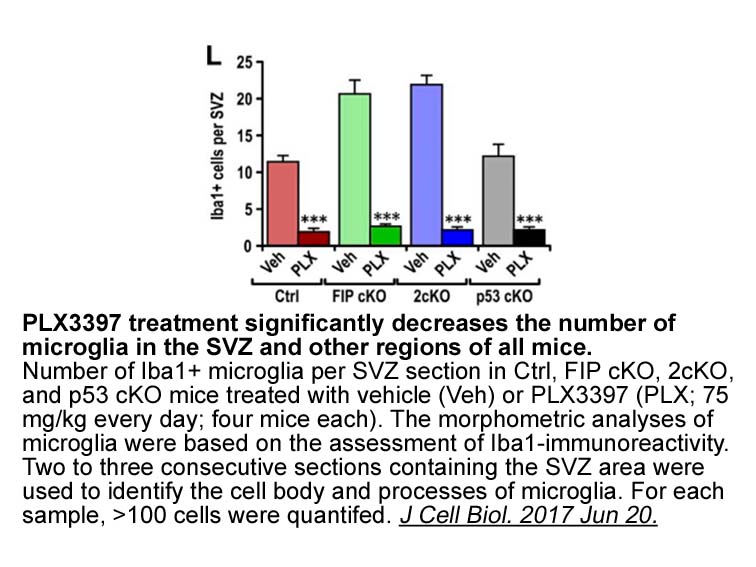
It is notable that pharmacological or genetic inhibition of GCGR signaling results in the engagement of a number of compensatory mechanisms that potentially impact glucose control. These include alpha-cell hyperplasia [2], [11], [12], [13] and increased beta-cell proliferation under low insulin cond
-
In a mouse model of hyperhomocysteinemia
2022-01-07
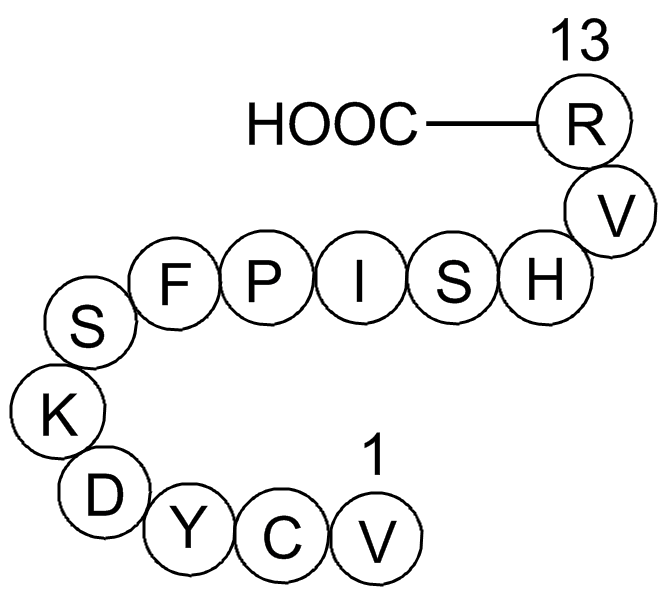
In a mouse model of hyperhomocysteinemia (a risk factor for the development of vascular dysfunction) it has been shown that myoendothelial communication is enhanced due to increased expression of Cx37 and IK1 5ar inhibitors mg [], allowing the propagation of endothelial signals to VSMC and thereby
-
The H autoreceptors distributed mainly in the CNS act as
2022-01-07
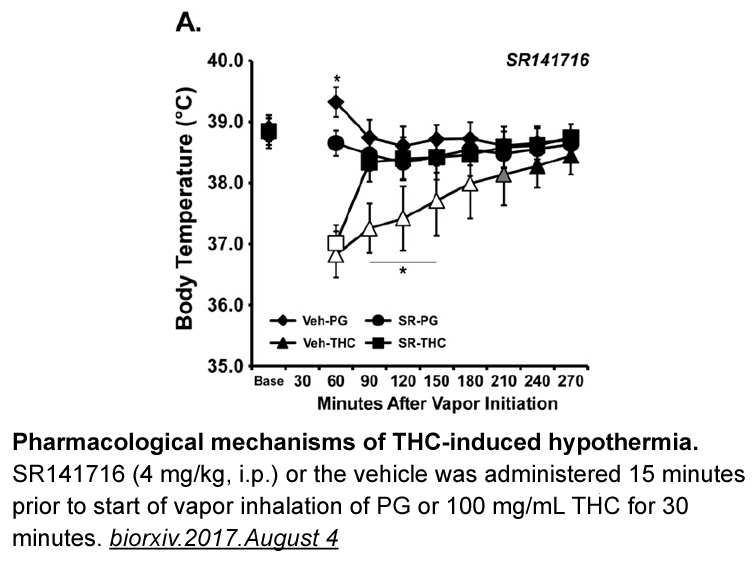
The H3 autoreceptors distributed mainly in the CNS act as a negative feedback on histamine synthesis and release from histaminergic neurons. Histamine is involved in many physiological functions such as sleep-wake regulation, circadian and feeding rhythm, thermal regulation, locomotion, learning, co
-
Sequences of HKI and HKII from humans
2022-01-07

Sequences of HKI and HKII from humans were compared to those of the Atlantic salmon to better understand the observation of HKI movement to the mitochondrial fraction in this study, as HKI in mammals is commonly assumed to be mostly passively regulated by product inhibition, with little evidence of
-
Bioinformatic analysis revealed a putative coiled
2022-01-07
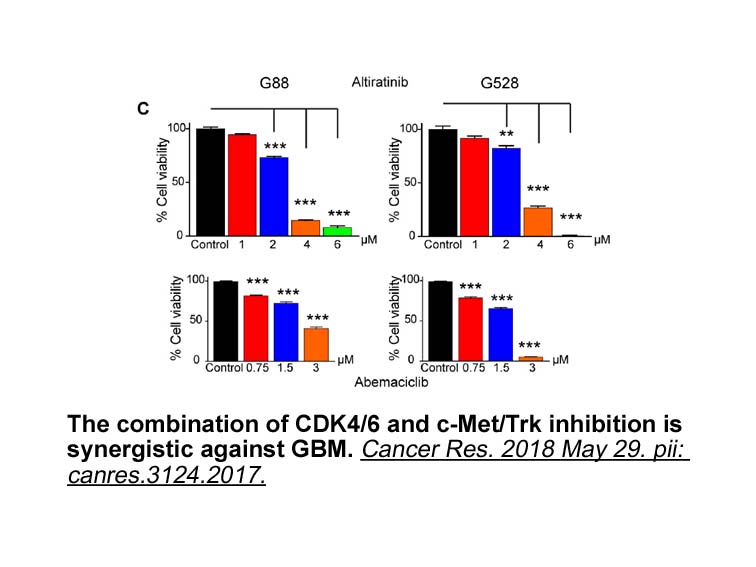
Bioinformatic analysis revealed a putative coiled-coil SLD within CT229 which we show to be essential for intracellular replication and recruitment of Rab GTPases to the inclusion. Mutation of a single amino CHC residue in the SLD domain (CT229L120D) significantly reduced Rab binding and recruitmen
-
Reports of hyperlocomotion after administration
2022-01-06
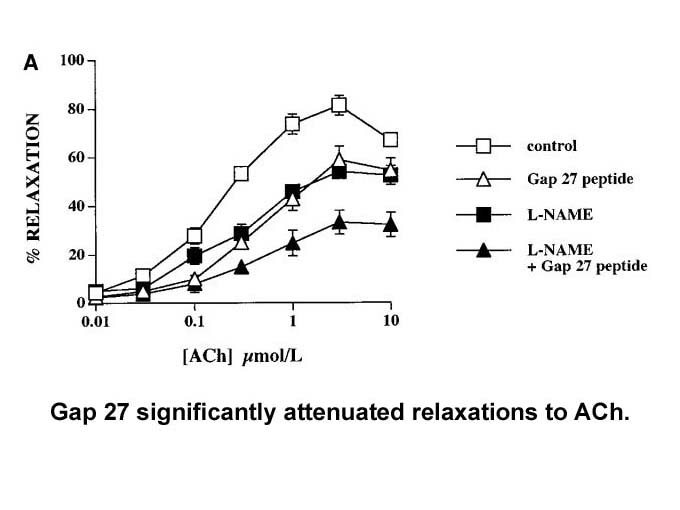
Reports of hyperlocomotion after administration of ALX-5407 [27] coupled with the lack of hyperlocomotion after administration of SSR504734, a non-sarcosine, long-residence time, competitive inhibitor [19], suggested that the GlyT1 inhibitor chemotype may impact OP. Furthermore, a compound with a co
-
Resolving the molecular details of glyco
2022-01-06
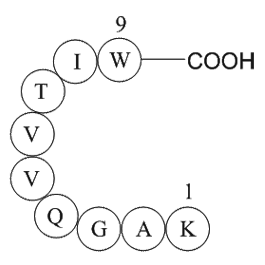
Resolving the molecular details of (glyco)proteome variation in different tissues and organs of the human body is critical for the understanding of human biology and disease [59]. Glycoproteomic analysis of disease-related tissues and cells has provided valuable information to identify promising tar
-
With taurine or other molecules that
2022-01-06
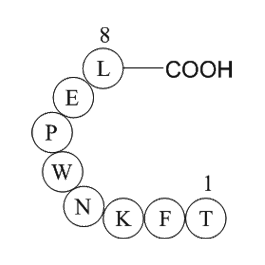
With taurine, or other molecules that might be transported by Eaat2, an important area of research will be how such a chemical regulates sleep. Indeed, taurine has been described to act on the nervous system in disparate ways — it can act as an inhibitory neurotransmitter, but also has a well-charac
-
considering Caffeine decreased EAAT and EAAT expression leve
2022-01-06
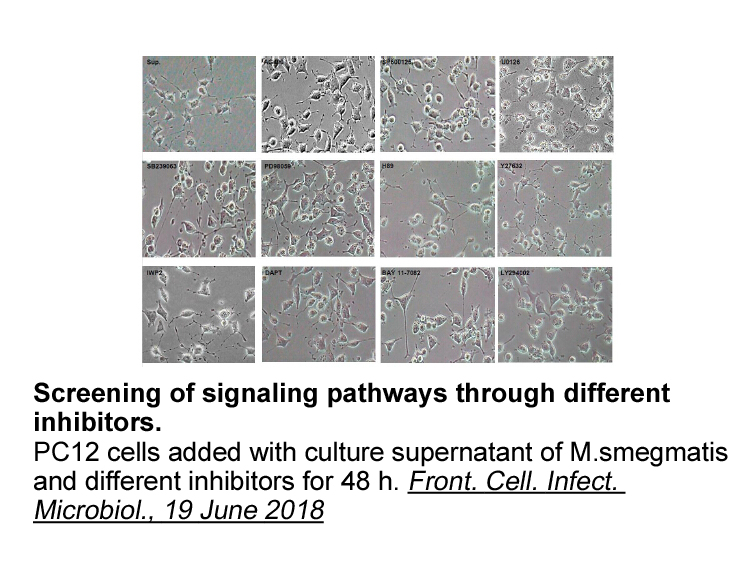
Caffeine decreased EAAT1 and EAAT2 considering levels in P2 fraction, as well as [3H]d-aspartate uptake; however, as soon as caffeine is removed from incubation, [3H]-d-Aspartate uptake is recovered to control levels, eliminating the possibility of caffeine as a cell death inducer. In resume, our
15825 records 500/1055 page Previous Next First page 上5页 496497498499500 下5页 Last page